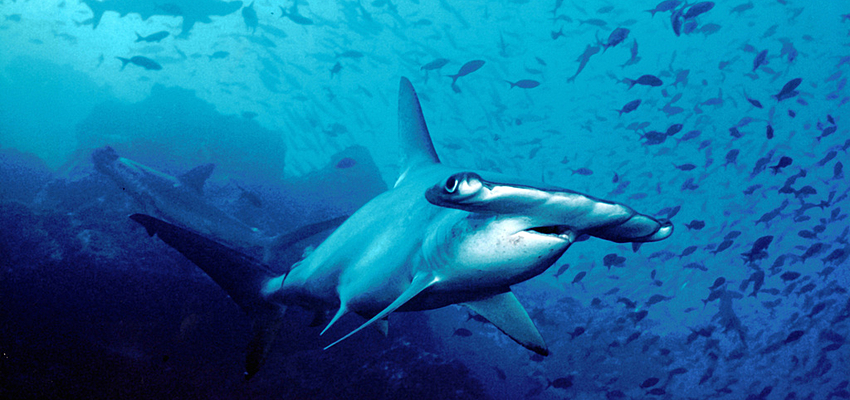


Costa Rica is situated between Panama and Nicaragua and bordered by the Caribbean Sea to the east and the Pacific Ocean to the west.
The culture of Costa Rica is very varied as it is made up various different influences that have left their mark on the country over the course of its history. The population originally consisted of Amerindian tribes who inhabited the Guanacaste region. The arrival of Christopher Columbus in 1502 signified the start of the Hispanic era. After forming part of the Mexican Empire for a time, the country finally declared its independence in 1821.
Home to 6% of the world's biodiversity, a quarter of Costa Rica's territory is protected. From its beaches to its jungle, and not forgetting the hundred or so volcanoes forming part of the Pacific Ring of Fire, Costa Rica has magnificent landscapes and scenery and exceptional seabeds to offer.
Costa Rica's natural and cultural heritage make it a tourist destination par excellence. The warm hospitality of its people and the unique environment it offers are summed up in the local expression "pura vida", which signifies joy and the simple, happy life!
"Costa Rica, Pays de l'Écotourisme" by Jose Castan and Rosa Perahim (2008).
If, like me, you love nature and are enthusiastic about eco-friendly travel that respects the interests of local people, the fact that Costa Rica has been one of the pioneering countries where ecotourism is concerned should be of great interest. Aware of the value of the country's natural heritage, the government wasted little time in deciding to take action to protect the nation's biodiversity. As a result, 27% of Costa Rica's total land area, with its 34 national parks and 12 biological reserves, is now protected.
Costa Rica, Voyage au Coeur du Vivant by Stéphane Bonneau, published by French publishing house Editions Vigot on 24 November 2004.
This book invites you to discover this wonderful Central American country through a series of journeys deep into its natural environment. Costa Rica's Cocos Island National Park and three other natural and cultural sites are inscribed as UNESCO World Heritage.

Costa Rica: Rencontres au Dernier Jardin d’Éden by Sabine Bernert and Michel Denis-Huot (13 January 2011), with a preface by Yann Arthus-Bertrand.
This beautiful work introduces the reader to Costa Rica's abundant flora and fauna, which accounts for 6% of all the world's biodiversity. This green paradise is the ideal destination for travelers in search of natural, wild environments of the kind worth preserving.
Christian Rudel was a French journalist and writer who published around 20 works about Central and Latin America. French publishing house éditions Karthala published around a dozen of his books, including the following work about Costa Rica:
Le Costa Rica, Volcans, Fleurs et Quetzals (Costa Rica: Volcanoes, Flowers and Quetzals) (2004)
In the book, the author traces the history of Costa Rica, a country first discovered by Christopher Columbus in 1502 and a territory that for a long time remained forgotten by the Spanish Empire. Nicknamed the Switzerland of Central America, Costa Rica was the first country in the world to abolish its army, preferring instead to dedicate a greater portion of its budget to education, environmental protection and healthcare.